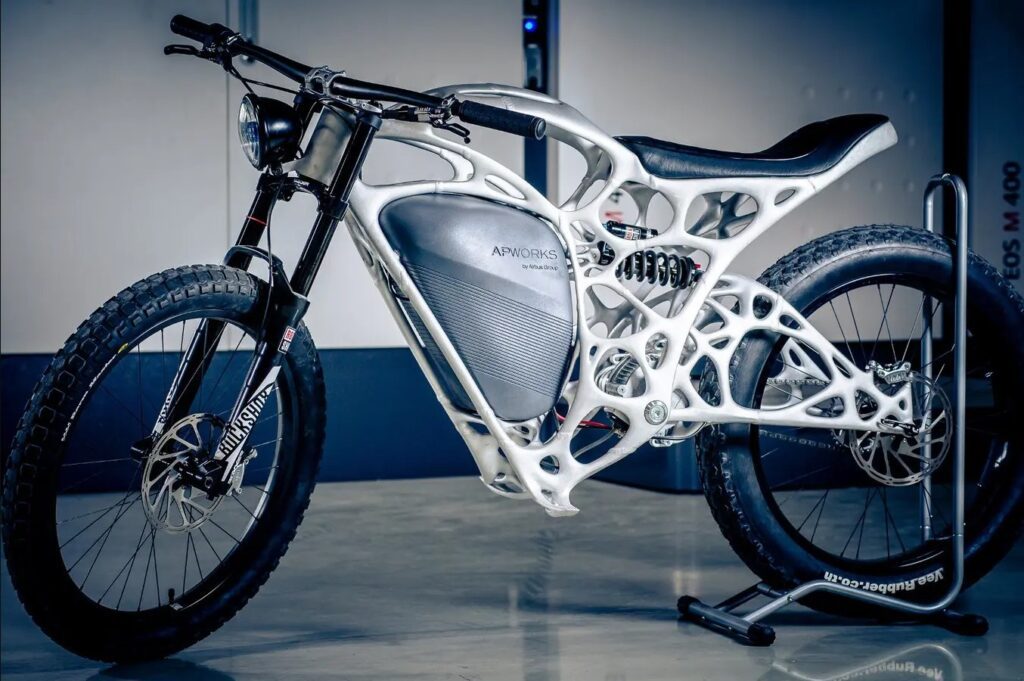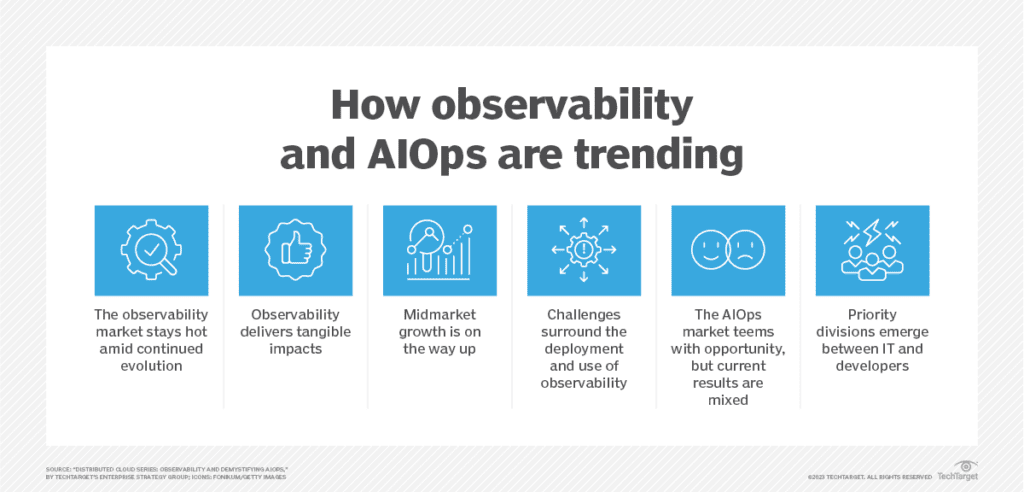Announcements
- Generative AI is rapidly transforming the life sciences and healthcare industries, offering new possibilities for drug discovery, manufacturing and sales engagement, disease diagnosis, and personalized treatment. In the upcoming Generative AI in Life Sciences and Healthcare: Current and Future Trends webinar, Dataiku & Deloitte leaders Ben Taylor and Ayan Bhattacharya will explore the latest trends in generative AI and their potential applications in the life sciences and healthcare space. Join us to learn how cutting-edge Generative AI applications can improve patient care and help develop new products to drive wellness.
- Since deals are harder to come by, each account interaction is more important than ever. The right ABM tactics can grow your revenue, but activating any effective ABM strategy links together many tactics. Teams must laser-focus their targeting using superior behavioral signals, and leverage intelligence to tailor content and engage buying teams. Join us on June 21 for Focus: ABM Power Tactics, a virtual event brought to you by BrightTALK. We’ve gathered top practitioners from around the globe to break down their favorite ABM power tactics for you. Their sessions will help build momentum in your organization and add real impact to your own ABM programs.

Is optimized structural efficiency ‘human’ design?
I recently read a paper titled “On the use of Artificial Neural Networks in Topology Optimisation,” about the process of topological optimization. In short, topological optimization is the process of determining the most efficient distribution of structural material for a given design. Typically there are simulation models involved that can predict stresses and directions of force that can aid in these designs. Advances in neural networks and AI capabilities have given this technique more attention in recent months.
Airbus created the bike frame above, and as you can see, it is a somewhat offputting design. The overall silhouette is familiar but the specifics of its design feel strangely organic. It’s reminiscent of the 1986 classic Aliens, whose environmental design was meant to evoke unease at the merger of biological and mechanical design elements. The design may be far lighter while retaining the structural integrity, but it almost feels unnecessary for a bike frame, where the leading designs are already highly optimized for weight reduction.
One place where it could shine is structural engineering. Gone are the days of brutalist architecture where ‘minimalism’ meant as little flair as possible. Minimalism now can be taken more literally as there is a minimal amount of building material used for supposedly the same structural integrity. A recent article by The Guardian stated that certain sections of New York City are sinking from 1-4 millimeters per year due to the massive weight of the structures built on top of the bedrock. Just over a century ago, the widespread use of steel as a building material allowed skyscrapers like the Empire State Building to exist at such unfathomable heights.
Like in the mid-19th century, we have to choose what we value in our designs. Brutalism came about in a period when modernism was gaining popularity and functionality and efficiency was a priority over aesthetics. While this new, highly functional design is not nearly as plain as the large concrete cubes that brutalism is known for, is it an aesthetic we actually like, or is it something we merely tolerate for its utility?
The Editors of Data Science Central
Contact The DSC Team if you are interested in contributing.
DSC Featured Articles
- How governments use alternative data to inform policy decisions
June 20, 2023
by Aleksandras Šulženko - Government 2.0: Enhancing governance with AI and data transformations
June 19, 2023
by John Lee - How AI is reshaping the recruitment landscape
June 19, 2023
by Vikram Seth - Artificial Intelligence: A Board of Directors Challenge – Part III
June 18, 2023
by Bill Schmarzo - Enhancing patient care with AI-powered health monitoring and remote patient management
June 16, 2023
by Ahana Pearl - The ABCs of data management
June 15, 2023
by Ovais Naseem - How do different personas in an organization see data quality?
June 15, 2023
by Vanitha - Data-centric development: A hypothetical tech manufacturing example
June 15, 2023
by Alan Morrison - Enhancing metadata-driven data warehousing through AI
June 15, 2023
by Ovais Naseem - Prompt engineering and few-shot learning: An experience beyond data science
June 15, 2023
by Aileen Scott - How AI is revolutionizing change data capture
June 13, 2023
by Julia Kesprov - DSC Weekly 13 June 2023 – Can Boards of Directors’ steer AI business ethics?
June 13, 2023
by Scott Thompson
Picture of the Week

